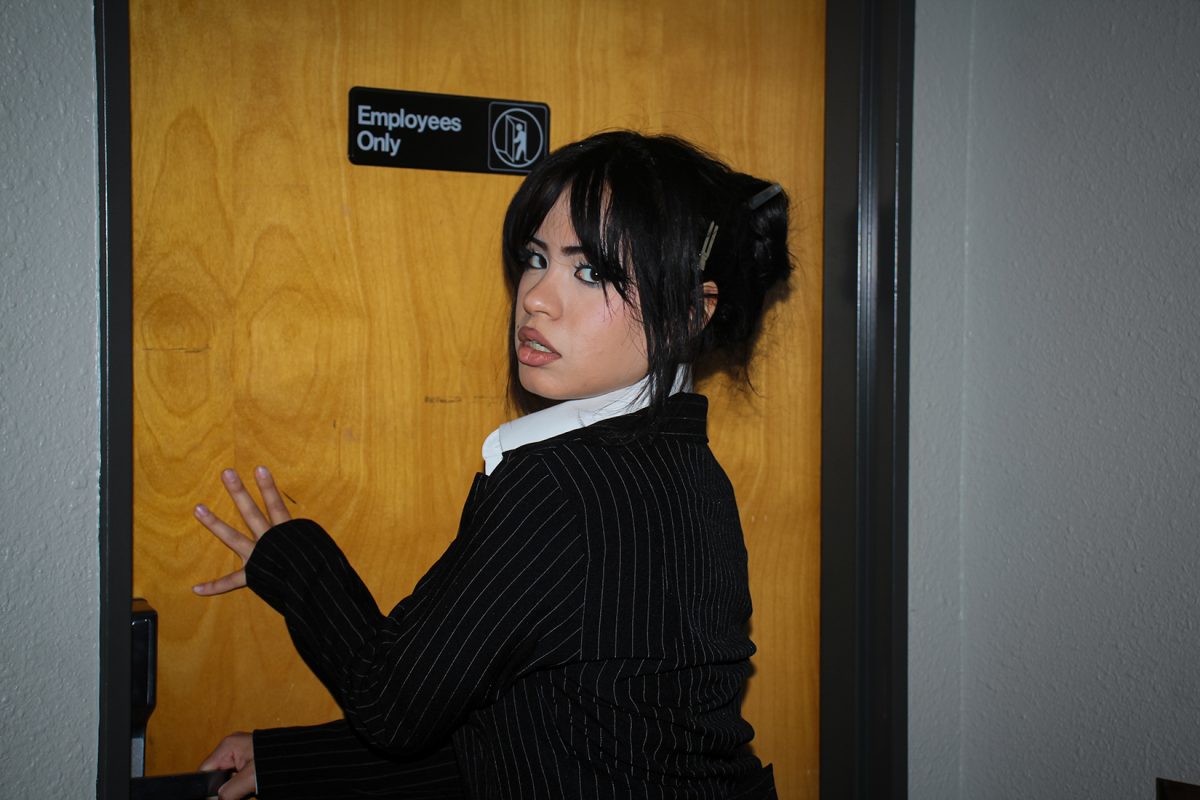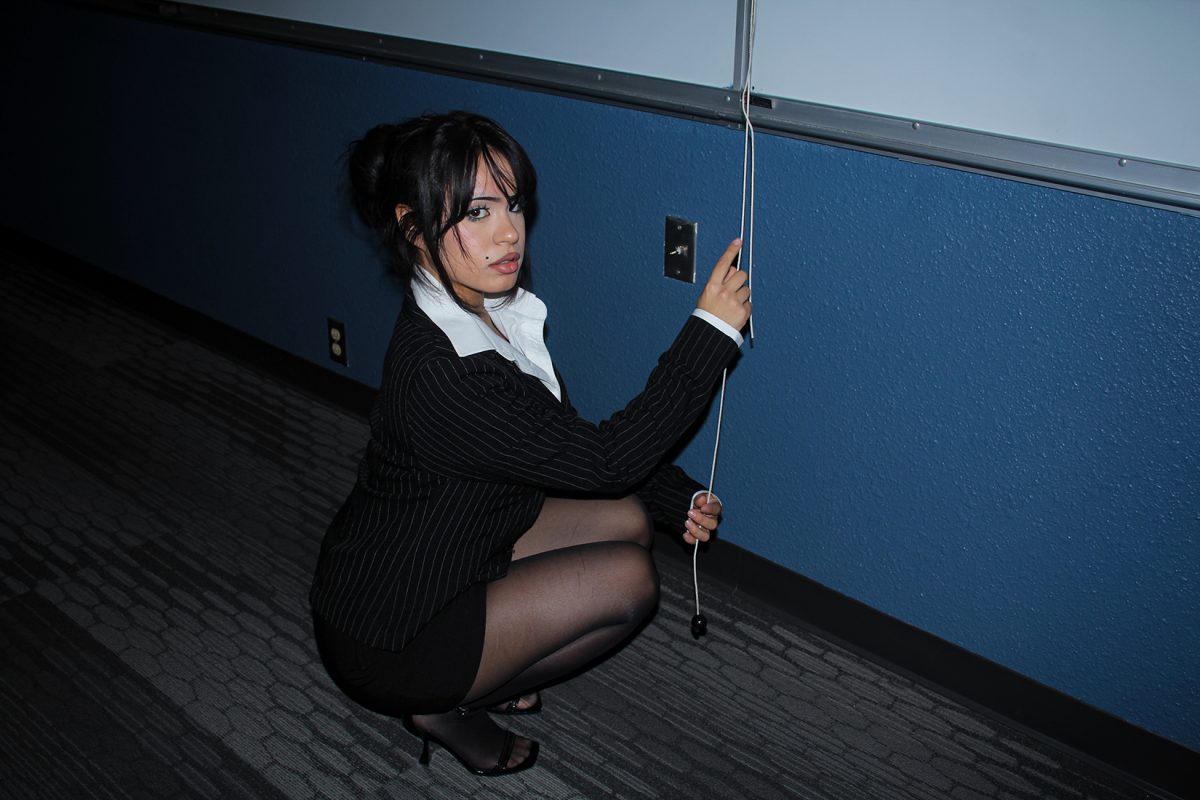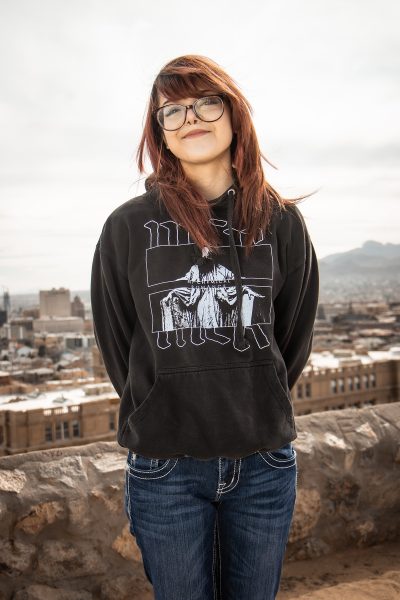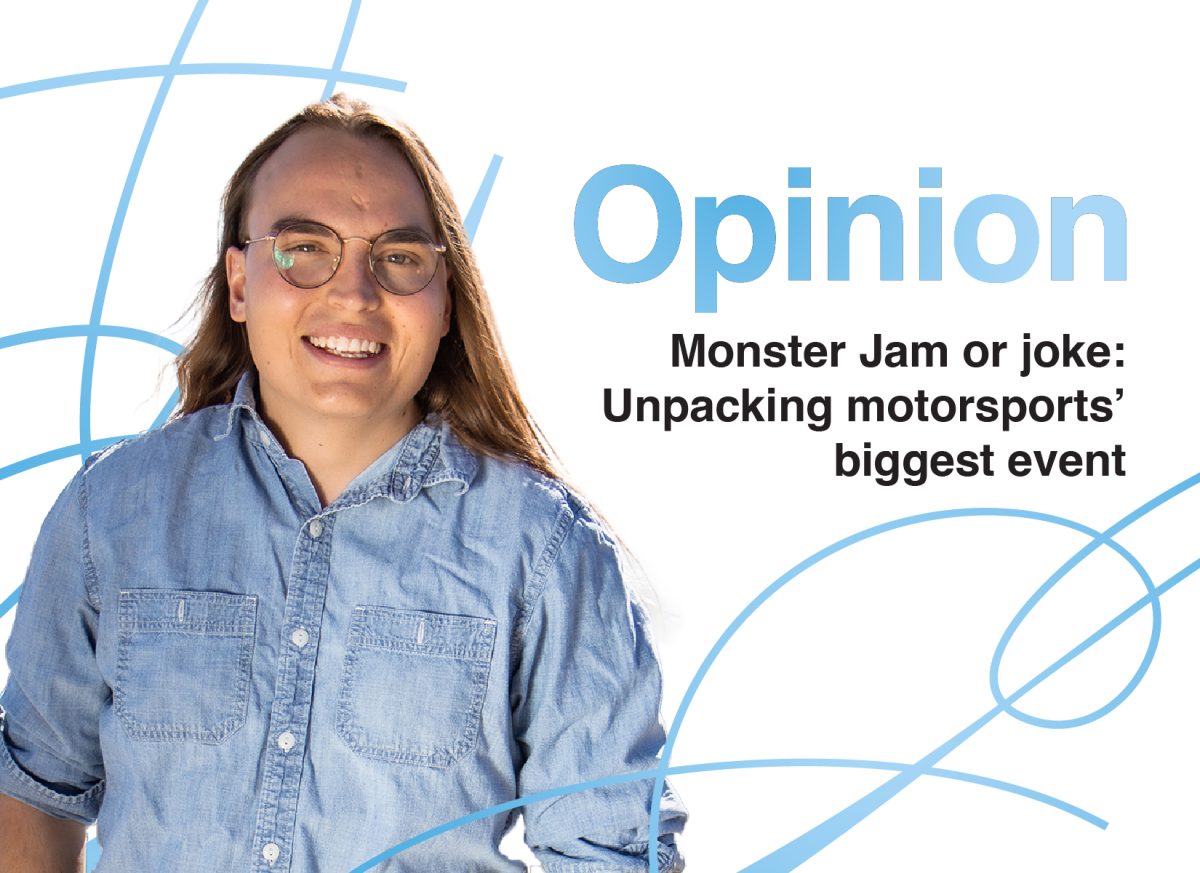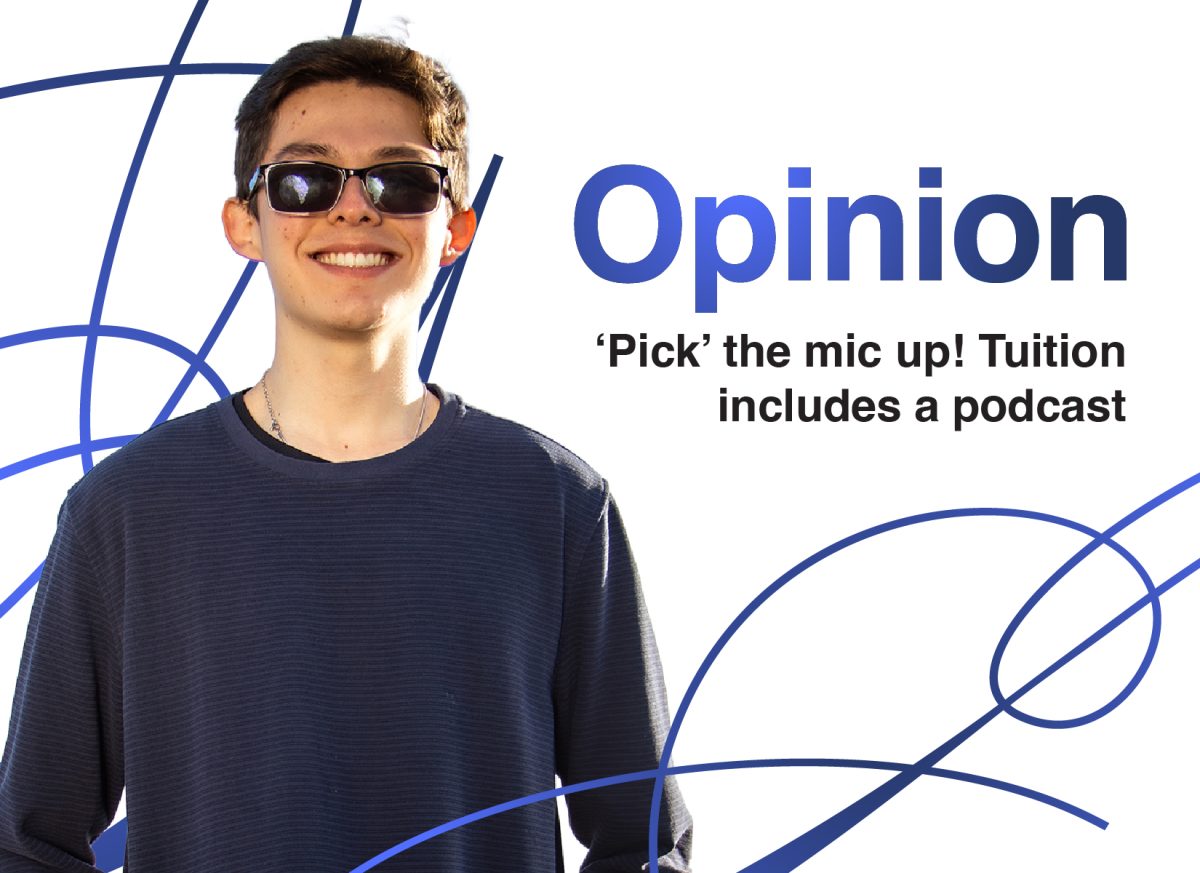Fitted blouses, pencil skirts, kitten heels and glasses. These are the key items to perfectly curate the social media, ‘office siren’ look.
The social media trend, originally inspired by 2000s fashion and films such as “The Devil Wears Prada,” dramatically combines fashion with work-life. It is an eye-catching, aesthetically pleasing and bold use of self-expression through clothes.
At first glance, these outfit choices seem empowering, combining both femininity and strength to make a statement that women are not meant to simply blend in the workplace but stand out. This truth sparked global attention, reaching thousands of algorithms, fashion shows and advertisements.
However, a disconnect arose when women began using the risky fashion in real office settings, sparking discussions about what appropriate attire looks like, how far does self-expression go and is patriarchal standards behind it all.

In the Vogue article on the topic, fashion writer Hannah Jackson spoke about this dilemma.
“Lately, women’s fashion trends have laid bare socioeconomic expectations for how women are to lead their lives, under both patriarchy and capitalism. But are we in on the joke, or the butt of it?” Jackson said. “Despite the illusion of choice, it would be naïve to believe that the office siren is exempt from falling victim to patriarchy.”
Women utilize fashion as a jab to societal standards everywhere, whether that be in social media or real-life. The office-siren look is a mere example of this battle once again. It stems all the way back to grade schools, where uniforms are put in place to “keep everything the same.”
There is a limit on self-expression, but the question is why? Uniforms create a sense of unity or even convenience, but is convenience overshadowing creativity?
Rachelle Castillo, University of Texas at El Paso (UTEP) senior, explains how she ties in the ‘office siren’ aesthetic to her job and school, explaining that following standards in the workplace, she uses this style to experiment with the garments she already has.
“The ‘office siren’ look for me, personally, is when you can express yourself in a fashionable way using the proper outfits for work. Let’s say your job requires you to wear a certain type of clothes, you can always experiment [with] garments with the clothes that are allowed.”
Castillo expressed she does receive compliments on her style but has also experienced sexualized comments and stares from both men and older women. Posing the question, where does one draw the line as to what society claims to be acceptable or convenient and what is not?
“The sexualization is something that I do find hard to overcome. It definitely makes me uncomfortable. People do tend to look at me [as] less for being fashionable, I hope they know that fashion is also a form of art and expressing themselves,” Castillo said. “I’ve gotten comments from older women telling me to stop complaining about the sexualization since I am dressing for men and wanting their attention.”
As Castillo explained, fashion is a form of self-expression and if it needs to be altered for the sake of the workplace environment, so be it. Everyone is held to a certain standard when they are working, whether that be uniforms, scrubs or pencil skirts. But this doesn’t mean it is a win for patriarchal standards.
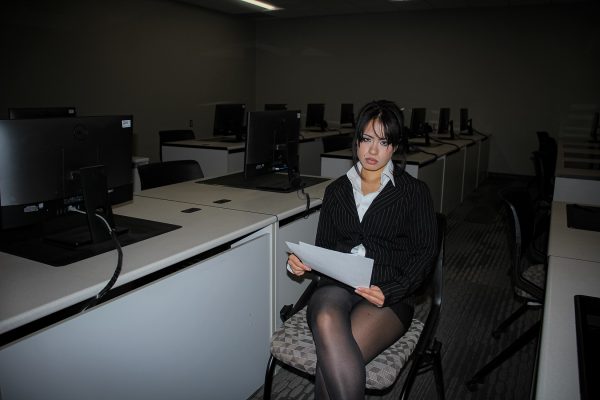
There is no space for judgement in any situation. To tell a young woman she is “asking for it” simply because of her clothing is an issue within itself and society. Women should be allowed to feel confident in an office setting and society does not need trends like ‘office-siren’ for women to take back power.
The office-siren aesthetic may have stirred conversations for those who bring bold, risky outfits to a real office setting, but that is simply a reflection of the disconnection between social media and reality. The trend’s meaning stems deeper, reinforcing the battle between feeling confident and succumbing to the convenience of others.
This leaves society with the question; how can it redefine professionalism in a way that celebrates authenticity and dismantles the gendered expectations that have long dictated how women “should” look and act in the workplace?
As time goes on, it is important that we create spaces where individuals are valued for their ideas, skills and contributions, rather than how closely they adhere to a narrow, patriarchal standard of beauty and behavior.
Vianah Vasquez is a contributor and may be reached at [email protected].


